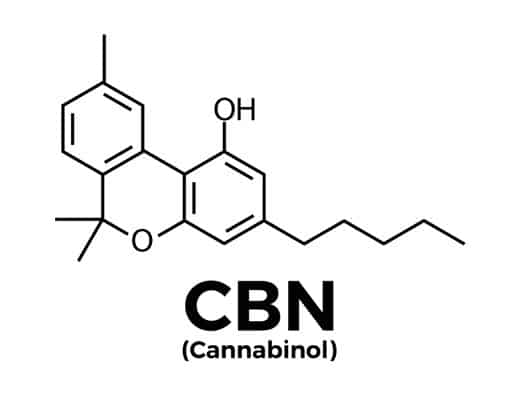No products in the cart.
Cannabinoids in Hemp
Hemp is a type of Cannabis sativa, and its primary compounds are known as phytocannabinoids. There are hundreds of phytocannabinoids in hemp; these exogenous (external) cannabinoids interact with the endogenous cannabinoids within our body.
At a molecular level, most phytocannabinoids are specially shaped to bind with the cannabinoid (CB) receptors that function as part of the endocannabinoid system (ECS). The ECS is a regulatory subsystem that works to modulate internal imbalances, and all vertebrates have one. Currently, researchers have discovered two different kinds of CB receptors: CB1 and CB2, which are found all through the brain and body.
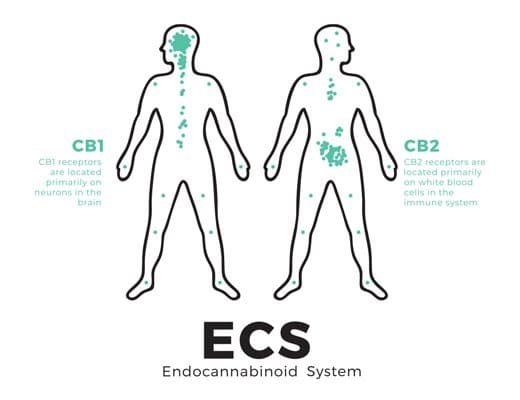
Types of Hemp Cannabinoids
In addition to phytocannabinoids, hemp also contains Terpenes, which are compounds that can be found in a large array of plant life. Different concentrations of terpenes can produce varying characteristics within a plant, including its smell and taste.
Scientists have discovered a relationship between hemp cannabinoids and terpenes in cannabis that has been termed the “entourage effect“. It is a way of describing the interaction between the different compounds in cannabis and how the sum of them is worth more than their individual components.
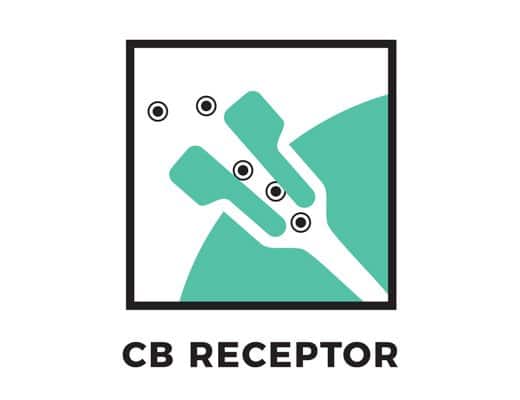
Cannabidiol (CBD)
Cannabidiol or CBD is the most prominent phytocannabinoid in hemp, and one of the most well known. Although CBD does not actually bind directly with CB1 or CB2 receptors, it does inhibit the enzymes that dissolve endocannabinoids from the bloodstream, which are known as fatty acid amide hydrolase (FAAH). It is often claimed that CBD is not psychoactive but that is not actually true because it does affect brain chemistry; however, CBD is not psychotropic and does not produce any hallucinatory or intoxicating effects when ingested.
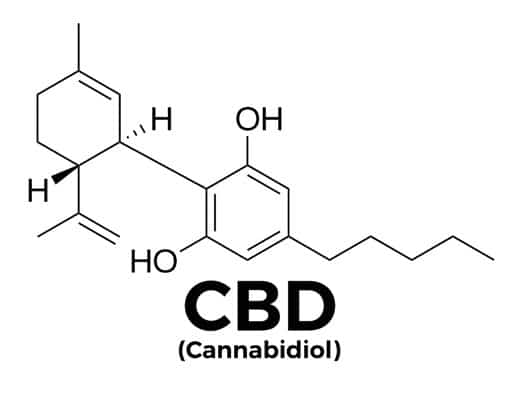
Tetrahydrocannabinol (THC)
Tetrahydrocannabinol or THC is the only phytocannabinoid that contains psychotropic properties; which means that it can cause mild hallucinations or euphoria. THC binds with both CB1 and CB2 receptors, but it is the binding with CB1 receptors that induces intoxicating effects. When THC repeatedly bonds with CB1 receptors, it causes a tolerance to form over time, as well as withdrawal symptoms when THC use is stopped. Interestingly, CBD inhibits THC from binding with CB1 receptors, which may explain why most commercial marijuana is bred to have virtually no CBD. Industrial hemp typically contains naturally low amounts of Delta-9 THC, but even in small amounts its presence is considered an important contribution to the “entourage effect”.
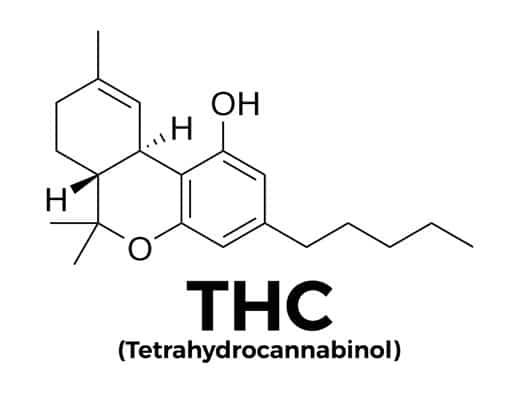
Cannabichromene (CBC)
Another abundant phytocannabinoid is Cannabichromene or CBC. Research has shown that CBC selectively activates CB2 receptors and has been shown to potentiate the effects of THC; it is also an important contributor to the “entourage effect”. CBC bonds poorly with the CB1 receptors in the brain, but bonds well everywhere else, hence producing powerful pain-fighting effects by stimulating the release of anandamide, one of the body’s own pain-fighting compounds
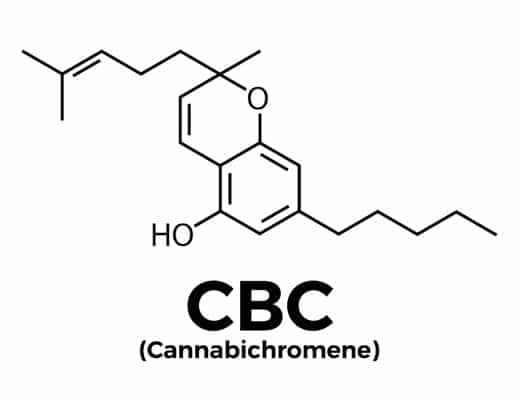
Cannabigerol (CBG)
Cannabigerol or CBG is another phytocannabinoid that binds with both CB1 and CB2 receptors. It is generally found in smaller amounts within most strains of cannabis, but can be predominant in certain strains of hemp. CBG is a direct precursor to CBD, THC, and CBD — which means that it undergoes a chemical reaction which leads it to turn into those compounds.
CBG studies have shown that this might be helpful to fight inflammation, mild pain or nausea. Some data suggests it also significantly reduces intraocular eye pressure caused by glaucoma.
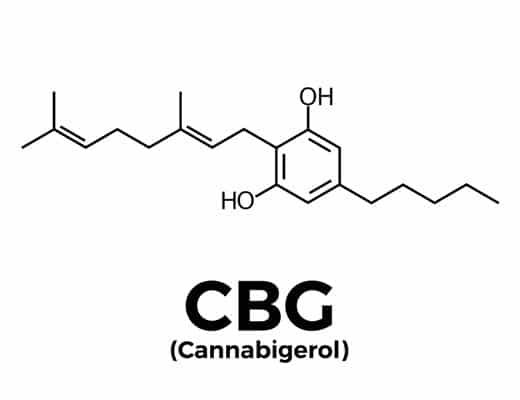
Cannabinol (CBN)
When THC ages, oxidation causes it to degrade into CBN. This means that over time, cannabis with a higher content of THC will eventually have higher amounts of CBN. CBN binds primarily with CB2 receptors but also interacts with CB1 receptors as well.
CBN can be used effectively as a sleep aid or mild sedative. This cannabinoid has also been said to help regulate the immune system and works to relieve the pain and inflammation caused by several conditions.
